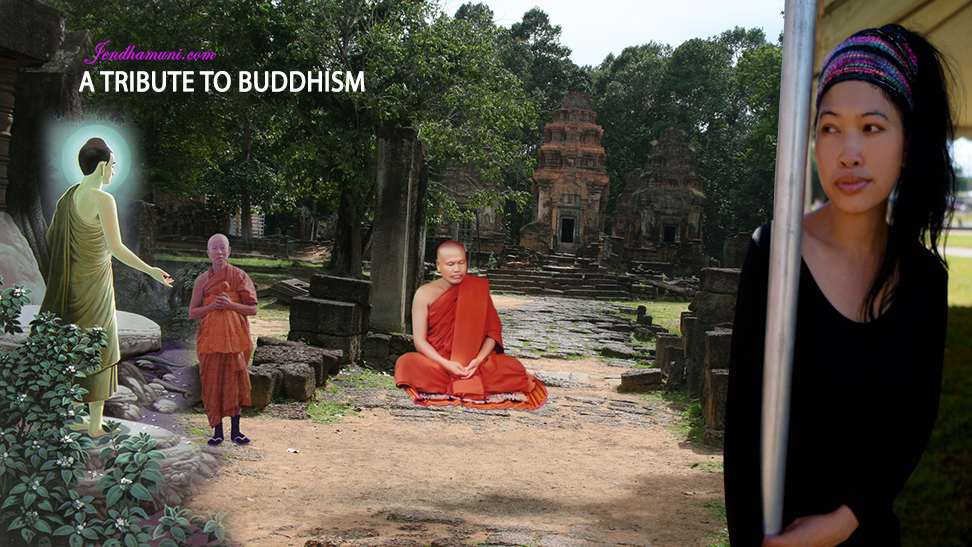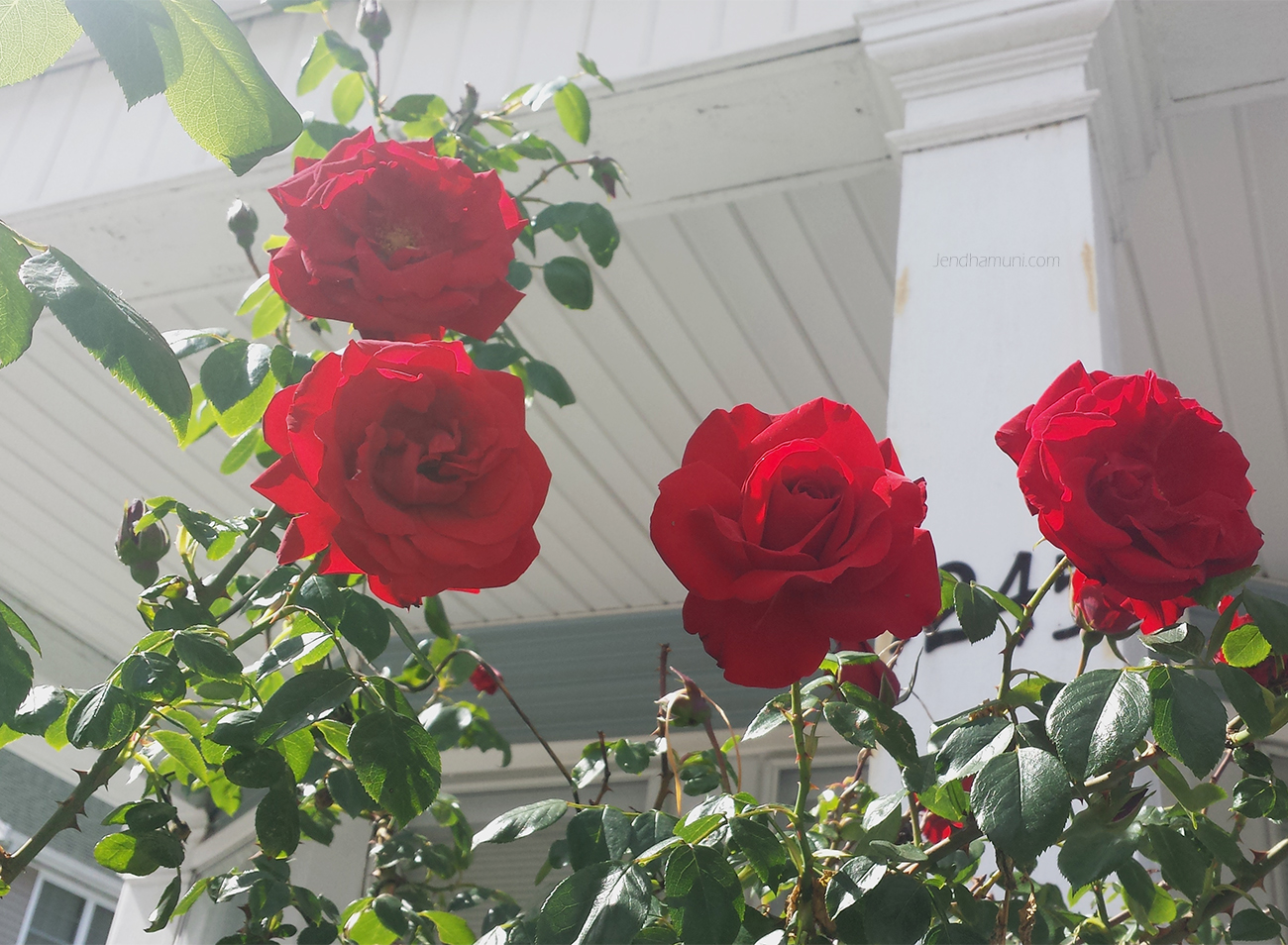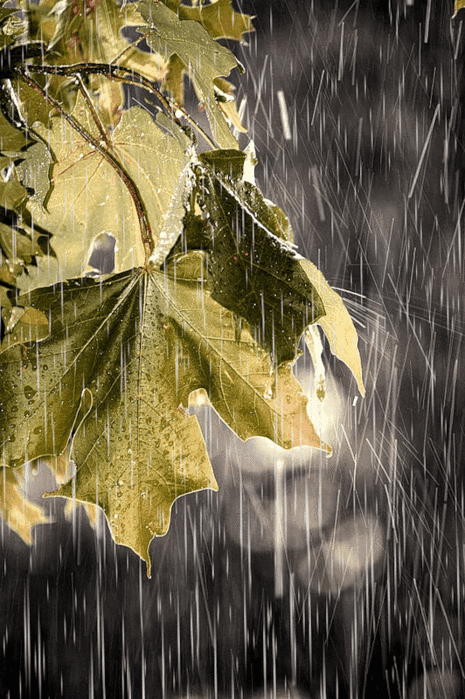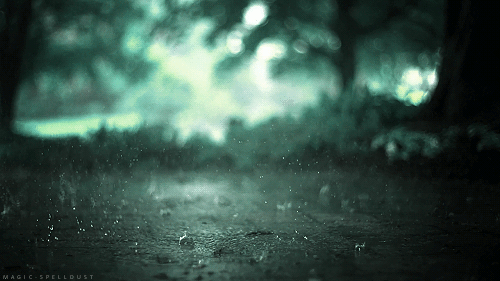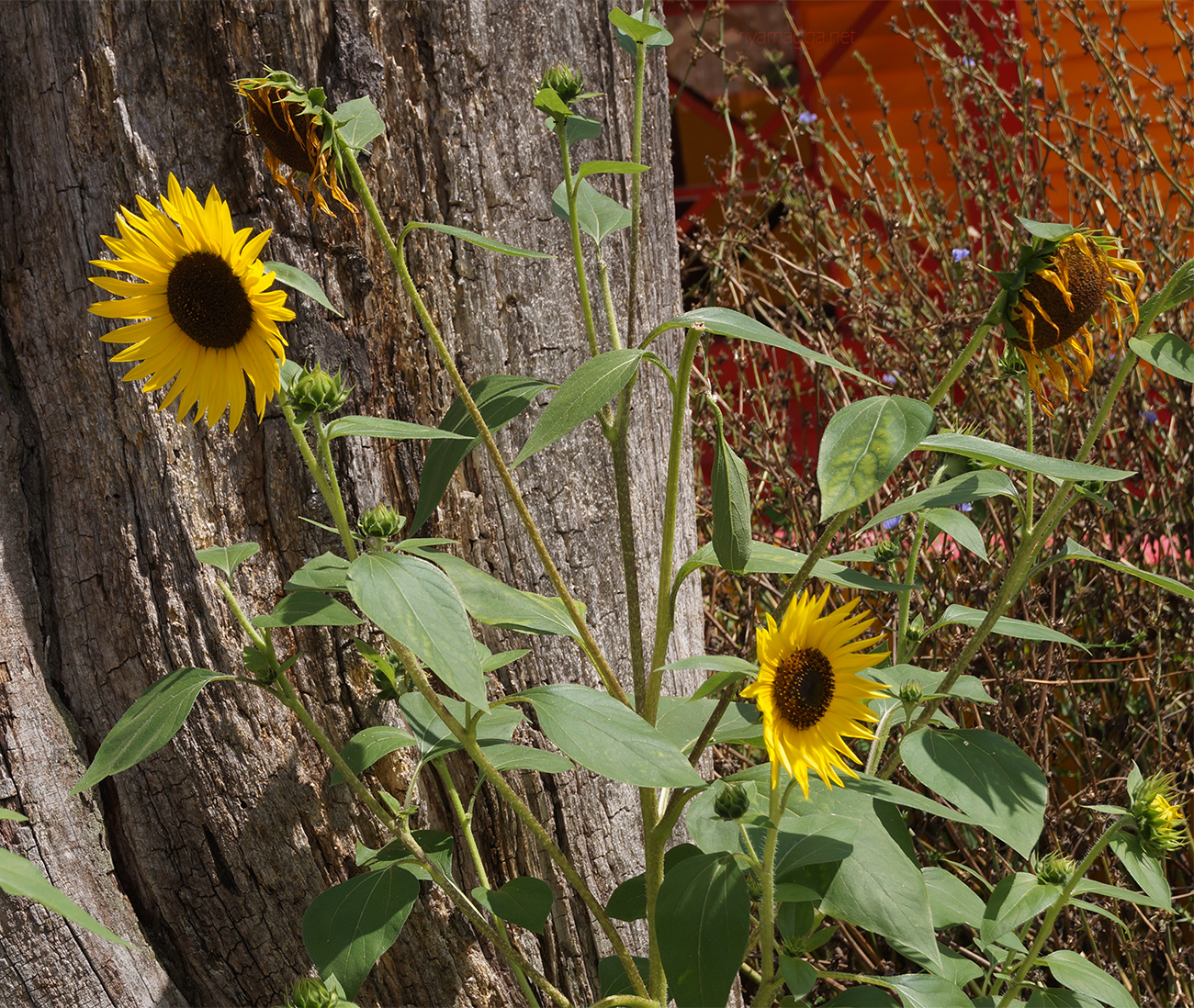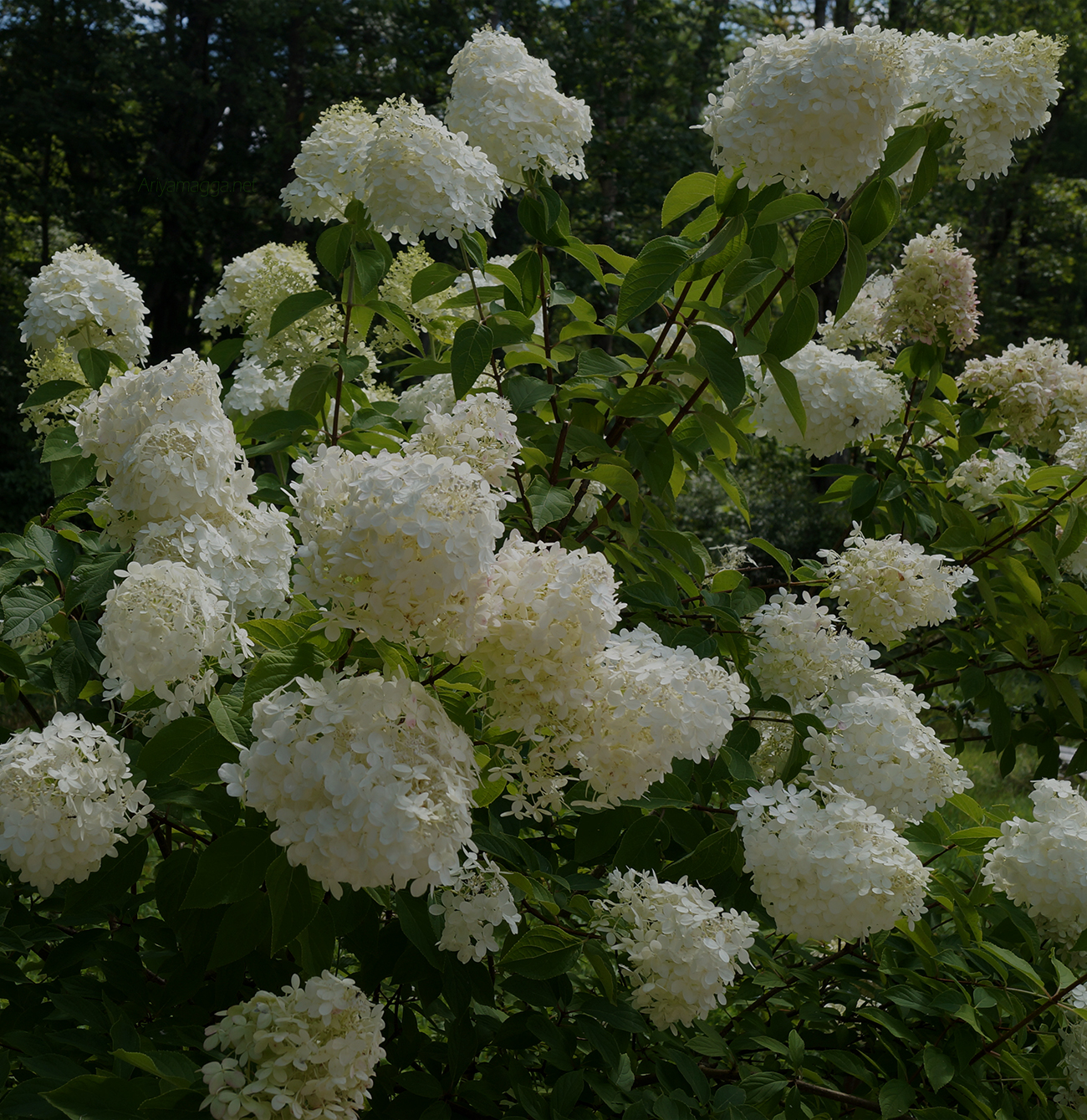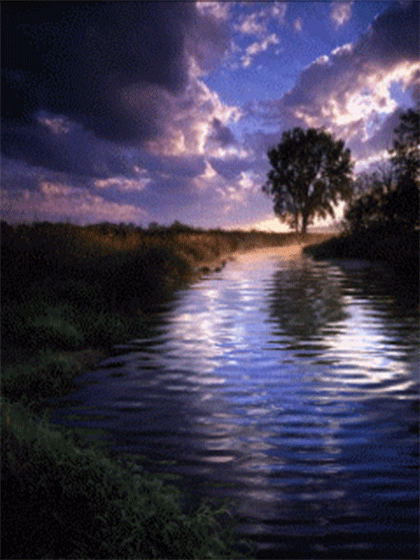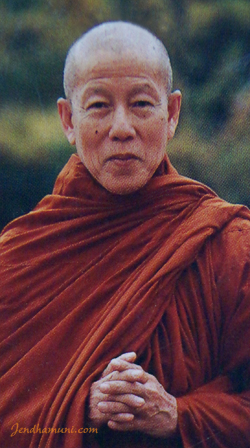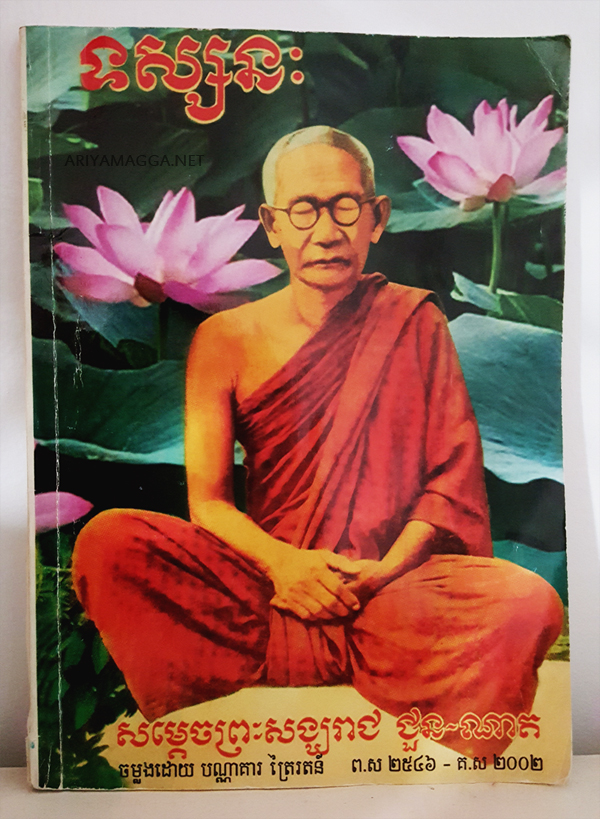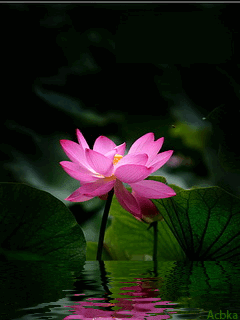Rose – gulab flower
Medicinal Uses of Rose Flower
The medicinal uses and health benefits of a rose (gulab flower) are many.
♥ Rose water is an effective astringent that reduces swelling of capillaries beneath the skin.
♥ Rose petal tea is efficient in cleansing the gall bladder and liver, and it helps improve bile secretion. Rose petals are dried and crushed to make tea.
♥ Rose tea also helps in alleviating mild sore throats and bronchial infections. The tea cools the body and reduces fever-related rashes.
♥ Rose petals are an important ingredient in eye washes as well, as it is antiseptic in nature.
♥ Rose water benefits include nourishing the scalp and improving hair growth. It is medicinally used as an antibacterial, antiseptic, and anti-inflammatory product. It is also used to treat dry scaly skin, dermatitis, and eczema.
♥ Rose essential oil is used along with carrier oils such as almond or grape fruit to treat various illnesses like hemorrhage, liver problems, nausea, fatigue, ulcers, asthma, dehydration, and bacterial infections of the stomach, colon, and urinary tract.
♥ Rose leaves are used in preparing rose water from the Persian variety. Rose water prepared from rose leaves brings relief from constipation, clears blood, and soothes the mind. In addition, it is used on the treatment of measles and chicken pox.
There are no known side effects related to the use of rose water or rose oil; nevertheless, it is best to consult when using any product as a means of treatment.
Source: Diet Health Club
Link source

